Elder Cy Standing from Wahpeton Dakota Nation says he was told by the Elders that if the bison come back, there will be a change in their history.
Bison returned to Wanuskewin Heritage Park in December 2019 after a 150 year absence.
Park founder Dr. Ernie Walker said in a news conference Friday that it was the bison which uncovered a rare archeological find.
The bison wallowing, or giving themselves a dust bath, as well as grazing, and their hooves, had denuded the area of vegetation revealing a rock petroglyph.
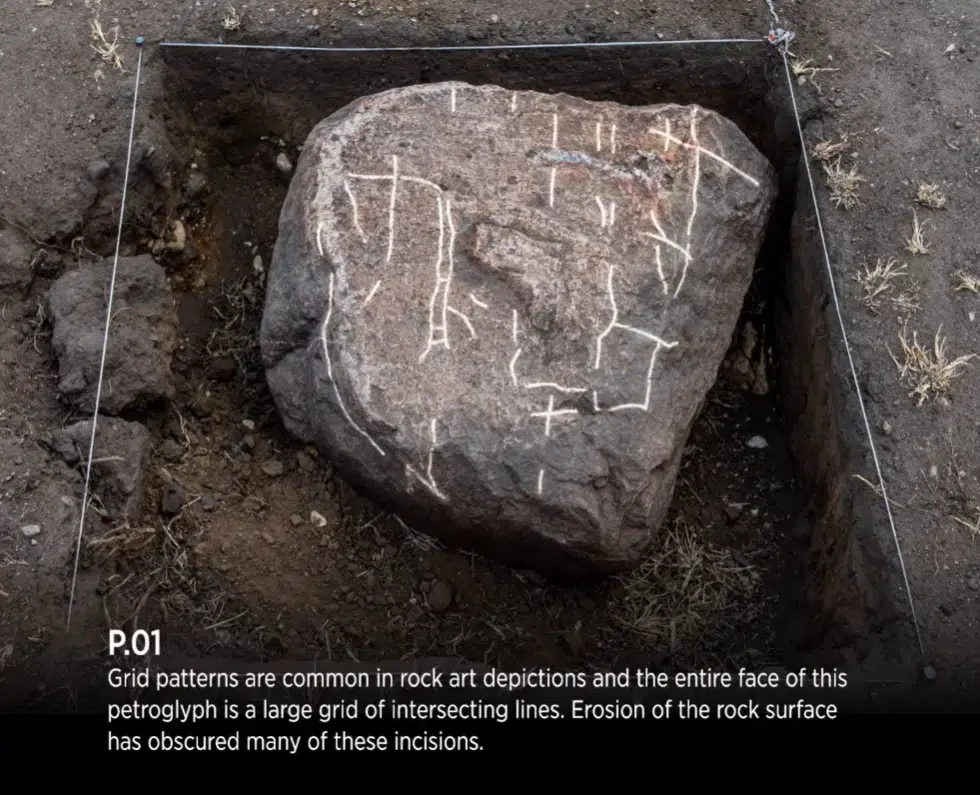
And on August 16th, 2020, that protrusion in the ground was discovered by Dr. Walker and the bison herd manager. It turned out to be four petroglyphs which are traditional hoofprint rock art.
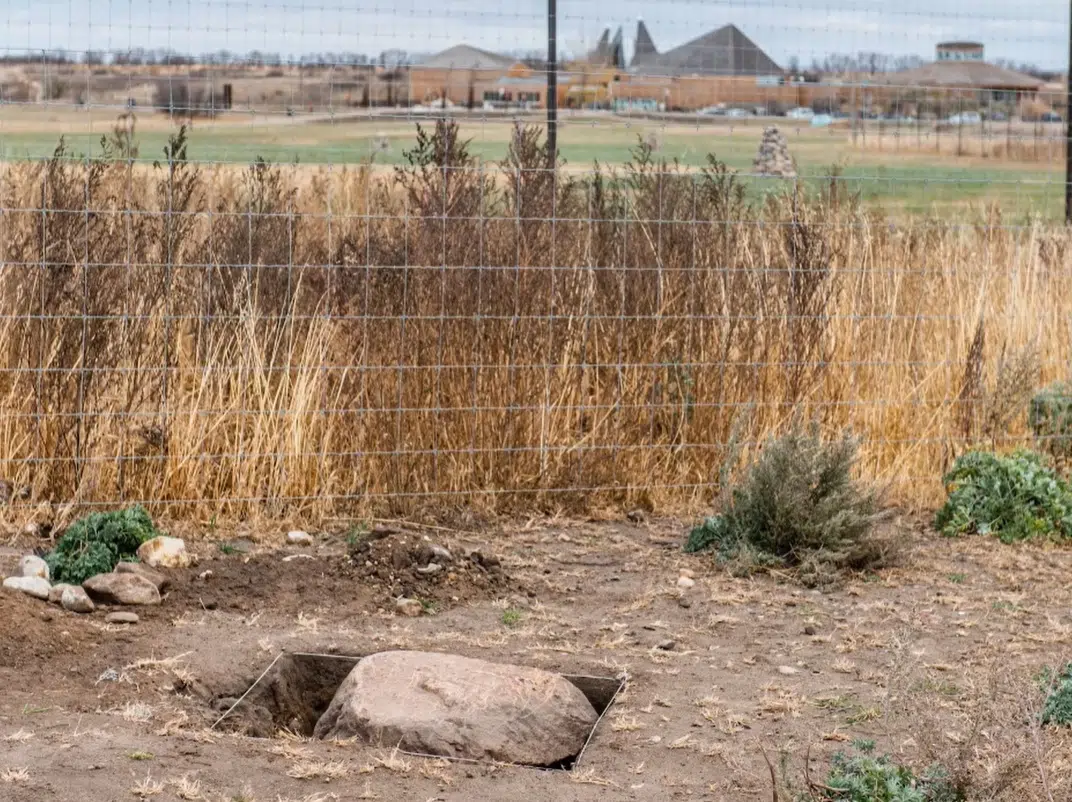
He says it is not an example of the debris of every day living like tools, pottery or bones but is an example of someone’s dreams and aspirations and instead speaks to individual behaviour.
Dr. Walker explains usually hoofprint tradition rock art and ribstones are about femaleness, the essence of a female; they are about fertility which means renewal, and about bison.
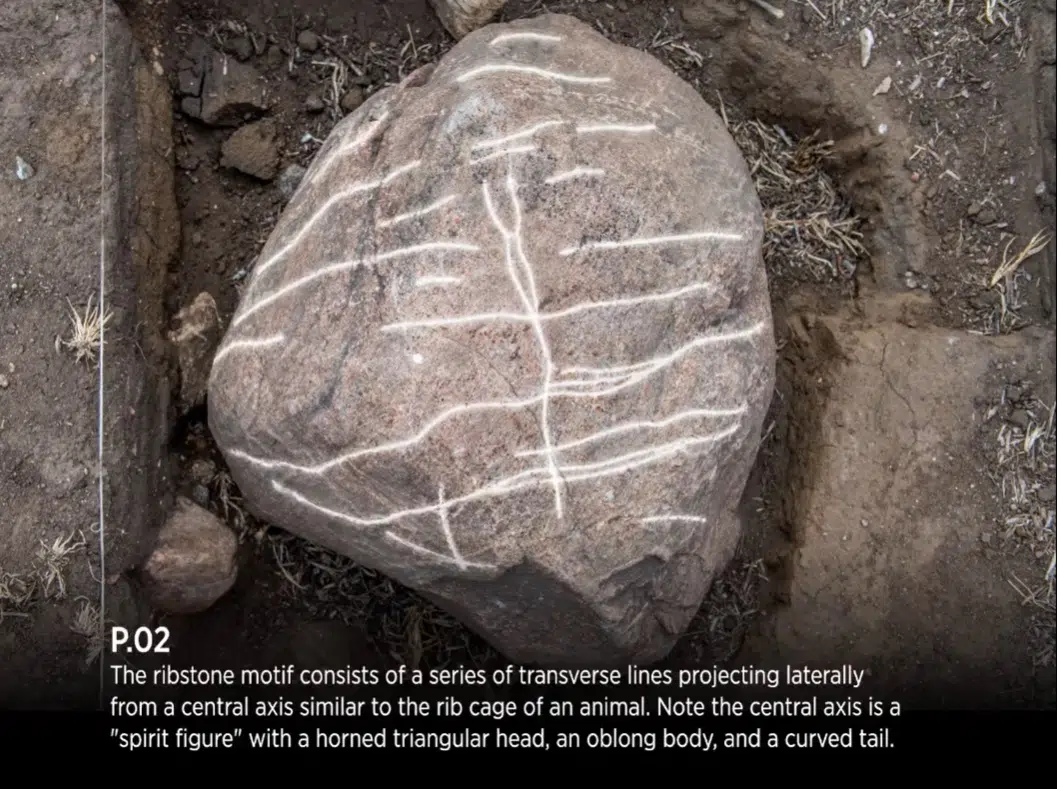
Dr. Walker says Wanuskewin has bison jumps, deeply buried campsites, a medicine wheel, teepee rings but what they were missing was rock art. He points out petroglyphs are in short supply because this part of the world doesn’t have rock shelter walls or rocky escarpments. What we do have are boulders left by glaciers.
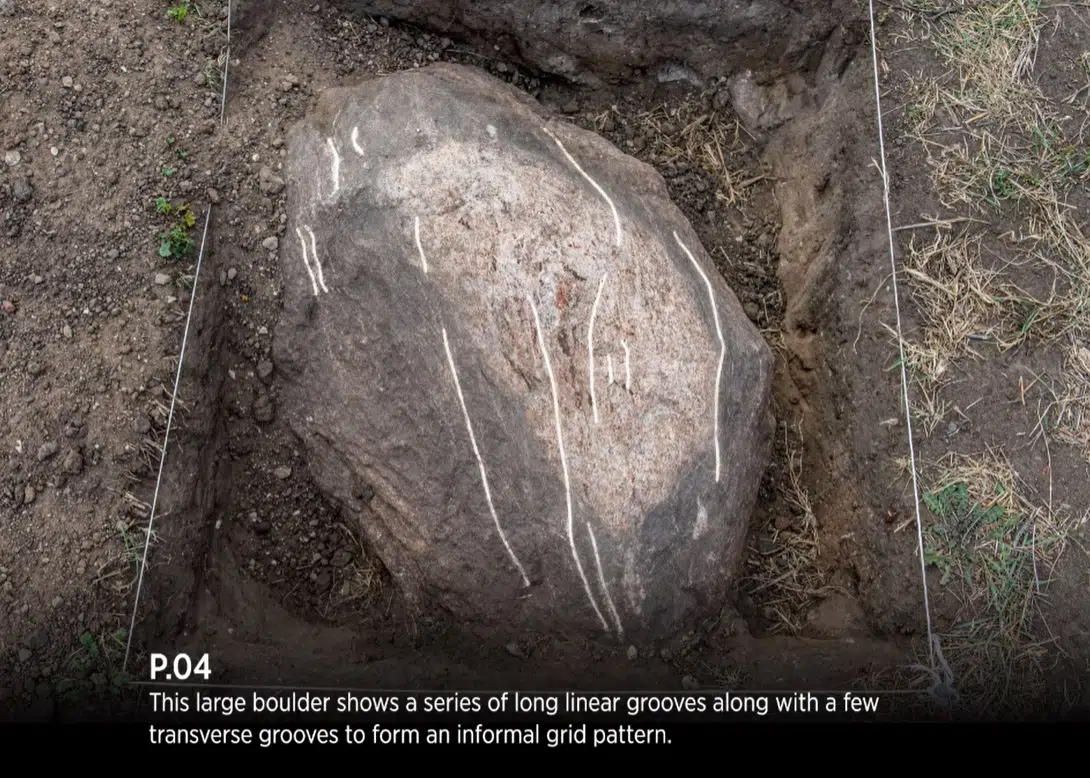
The four stones include a 225-kilogram (500-pound) ribstone, a petroglyph carved in the form of animal rib, which is on display at the park starting today (frid). There was another nine kilogram (20 pound) stone. Another stone excavated is 340 kilograms(750 pounds). The largest of the four stones is 545 kilograms (1200 pounds). In addition to the petroglyphys, the stone knife used to carve them was found nearby.
Stone tool used to carve the petroglyphs:
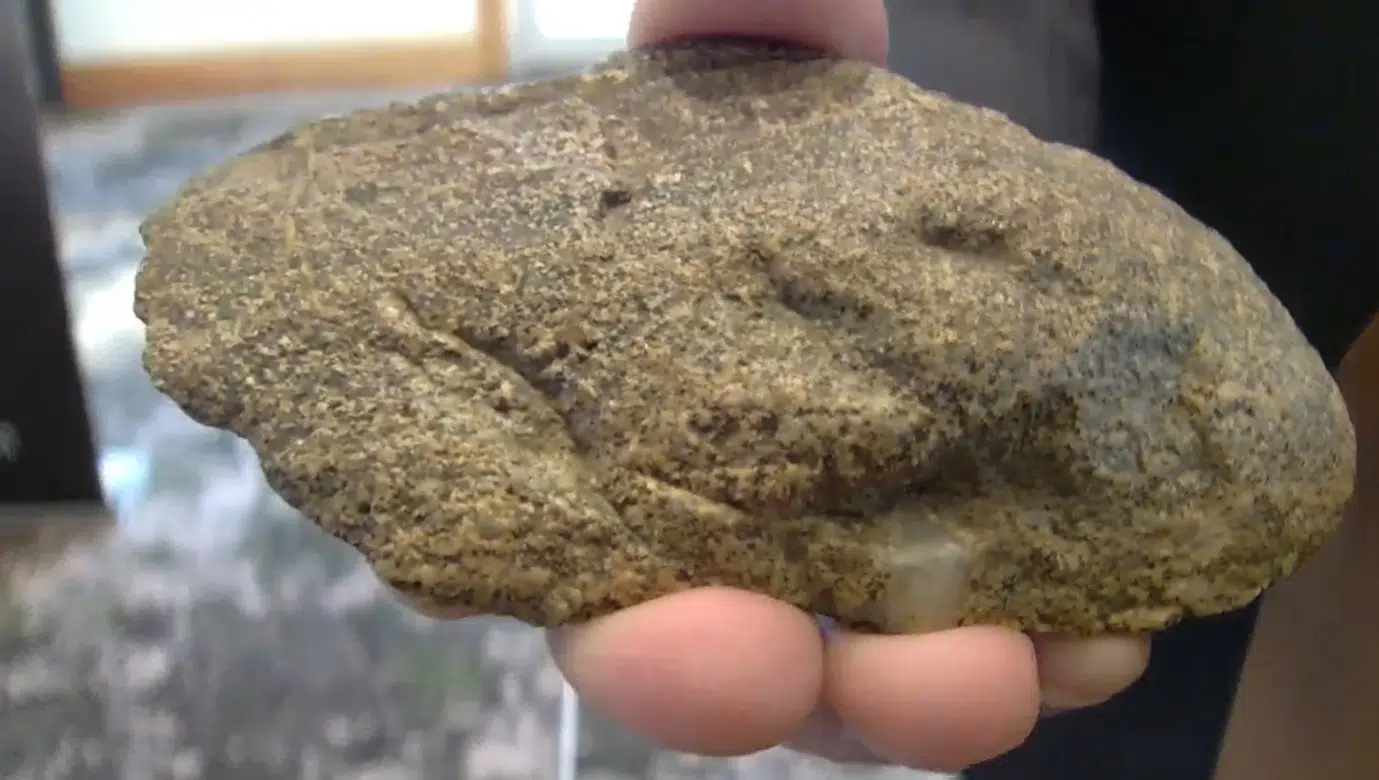
Dr. Walker explains the delay in presenting the findings. “There’s conservation, we are responsible for the rock art. There are certain safety issues, they are in a bison paddock and they are close to where the general public can go.” On top of that more importantly, Walker says they wanted their Elders to have time to think about the discovery.
Dr. Walker says he can’t say exactly how old the petroglyphs are. It’s somewhere between 300 and 1800 years old. He explains the timeline is due to the findings of traditional hoofprint rock art elsewhere.
Back in 1982, when Dr. Walker was identifying the archaeological sites at the park, he named one of the buffalo jumps Newo Asinika, which in Cree means four stones.
The heritage park is also in the process of seeking UNESCO World Heritage Site status. CEO Darlene Brander said UNESCO World Heritage Designation is the gold standard for cultural and scientific sites internationally. Brander says this find is an integral part of their UNESCO nomination dossier package.
A couple of UNESCO North American sites include Yellowstone National Park and the Historic District of Old Quebec in Quebec City.




















